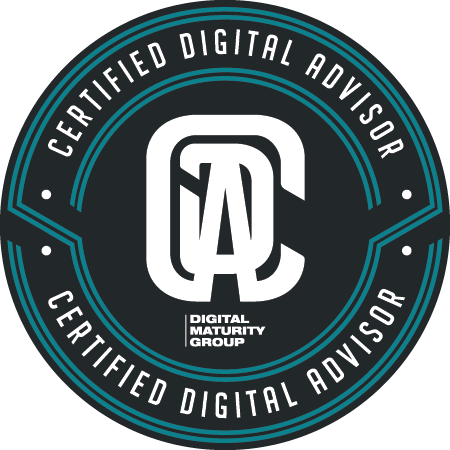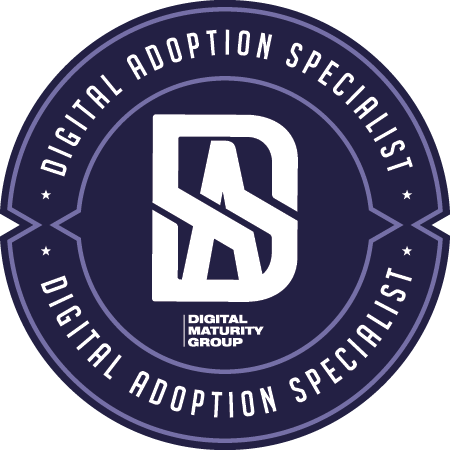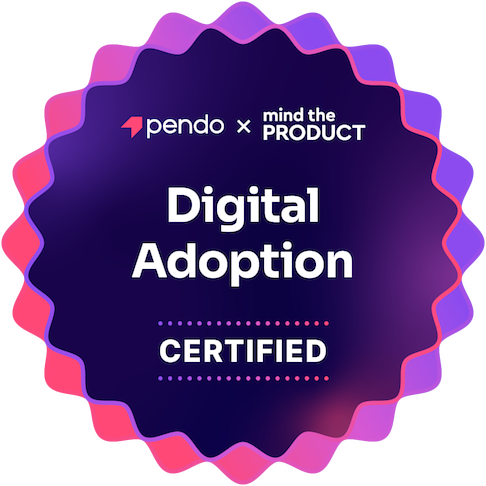Let’s be honest—2020 has been a crazy year for everyone.
COVID-19 has brought changes to our lives, to society, and how we handle our business. The global pandemic has—quite literally—permanently shifted the views of our peers alike.
Consumers are turning to digital mediums as an integral channel to purchase goods at an ever-increasing rate. Businesses galvanized by the pandemic’s effects are forced to radically shift the way day-to-day operations are performed. How is a business expected to navigate through a world that continues to change in seemingly unpredictable ways? What does the future of marketing look like?
As the new and uncharted sea of marketing is vast, Wingman Direct Marketing has set out to explore a smaller, more manageable area: 5 Digital Marketing Trends of 2021. We hope this blog helps guide you into the new year.
1. Shoppable Videos
Shoppable videos will soon be a vital piece to an e-commerce’s expanding repertoire. What began as shoppable posts in 2019, shoppable videos allow the viewer to click an item they like in the video. This then takes the user directly to the page to purchase the item. Our video production client, JIL & Associates, covers video marketing trends of 2021 excellently in their blog.
Digital Marketing Point of View: If a picture is worth a thousand words, then a video is worth ten thousand. Instead of a static picture, a video presents your product dynamically. For example, take a product like a summer dress. While static photos can capture the fit, colour, and length of the dress, it cannot capture the motion of the dress flowing in the wind. The interactivity of shoppable videos promotes a buyer’s consideration to purchase.
Shoppable videos simplify the purchasing process. Before shoppable videos were available, if a user wanted to purchase an item on a video, he or she would have to leave a comment asking where to find it or check the video description for a link to purchase. The more clicks to get there, the less likelihood of purchase.
2. Semantic Search
Search engine optimization (SEO) has changed drastically since the last century (anyone remember Ask Jeeves?). Now, SEO is not shaped by what people search, but by how they search. Semantic search aims to serve search results by analyzing the relationship between words, rather than individually. The outcome provides more relevant search results and a better user experience—even if the user misspells or isn’t grammatically perfect.
Users search using natural language instead of keywords, especially with mobile searches:
- Mobile searches starting with “can I” grew over 85%
- Mobile searches for “do I need” have grown 65%
- Mobile searches for “should I” grew over 65%
Digital Marketing Point of View: Semantic search is better for everyone searching for content on the Internet. From a marketing point of view, curating content and writing compelling copy for search terms your prospects use is now more important than ever. Take the time to plan and execute new content and update any existing content for 2021.
First, ask yourself a few questions. How and why do my users search for my content? What answers are they looking for? How do I position myself as the authority for the topic at hand? If your business focuses on teaching culinary skills to home cooks, the topic to search could be, “How do I emulsify my sauces?”
Next, structure your content to answer their burning questions. Whether it is in the form of an entire blog post or a landing page, make sure you are thorough, accurate, and guide your reader to the answer—you are the authority on the subject, after all. By following these guidelines and curating content to the questions your prospects pose, search engines will reward you for it.
3. Social Media Stories
Social media Stories are mobile, full-screen, vertical videos and images that appear outside of your regular feed. They last only 24 hours before disappearing. What started as a Snapchat-only feature has proliferated. You can find Social Media Stories on other platforms such as Facebook, LinkedIn, Instagram, YouTube, and even WhatsApp. Some platforms allow the uploader to archive each of their Stories into collections should others miss the 24-hour window of opportunity.
Digital Marketing Point of View: The temporary nature of social media stories makes it a scarce type of content, creating a sense for the viewer to want to stay in the loop. The format of stories encourages your loyal followers who enjoy following your content to engage with it before it vanishes—sometimes for good. If you have a loyal following that would be interested in seeing a glimpse of your day, you can integrate Stories as part of your overall social media marketing strategy. However, be prepared to create more content than you currently curate. As stories are quick, bite-sized pieces of content, creating multiple stories won’t fatigue your audience. Conversely, you can build this content in advance to schedule posts strategically over at specific times—the choice is yours!
4. User-Generated Content
User-generated content (UGC) is any type of content created by the followers of your brand and can be a powerful tool for your website to improve your SEO and user experience. UGC can be a very simple concept—like a review on your e-commerce website or a comment on a blog article—or as large as a social media contest giveaway for the best painted wall mural.
Digital Marketing Point of View: There are several benefits to having user-generated content on your website and social media platforms.
- Users are 2.4 times more likely to interact with these types of posts.
- Whether you sell a product, service, or experience—consumers do their research prior to initiating a purchase.
- UGC demonstrates the authenticity in your brand, making it easier for your followers to trust you and therefore easier to consider a purchase from you.
The key to UGC is to moderate the content that comes in. This includes moderating and filtering comments or selecting the best submissions from your contest. Just remember that you should always request permission from the original creator prior to posting it onto your social media platforms and provide credit where credit is due. While it is obvious that it is the right thing to do, it also makes it easy for your followers to verify that the content really did come from another source, rather than from your brand.
5. No-Click Searches
If I have a question that I think the internet can answer, I type it into Google and receive what it thinks would answer my question best. This is what I receive when I type in, “coronavirus”.

Also known as a Featured Snippet or Position Zero, No-click searches receives its name because search page results provide most of the information needed—no clicks to enter the website required. This is done by scraping data from the most relevant webpage and adding it to the Featured Snippet.
Digital Marketing Point of View: As a business owner, it can be frustrating to notice lower traffic to your website due to no-click searches. However, the Featured Snippet position is a valuable position to hold. If your content holds the Featured Snippet position, Google deems your content to be the most relevant page to show to searchers. Now, it is a matter of enticing them to click further for more information.
Let’s suppose the content you’re writing includes a list of the best barbecues you’ve tasted this year. Including information as to why they are the best will entice them to continue reading, despite only seeing the recommended models.

Use no-click searches to your advantage. If the content you’ve written is already the featured snippet, you’ve already done most of the heavy lifting!
Conclusion
We’re excited to see what 2021 has in store for us from a marketing perspective. WMDM is ready for it and we hope that by reading this blog, you are as well. Are you interested in brainstorming your digital marketing ideas with us? We got your back! Our team has decades of combined experience working in the realm of digital marketing and would be excited to work with you on your growing business. Book a Wingman today for a 30-minute consultation!





